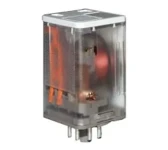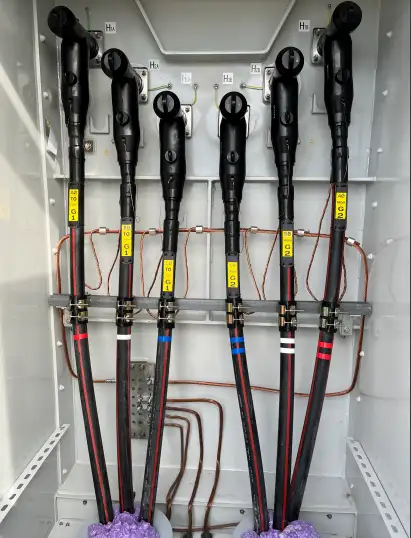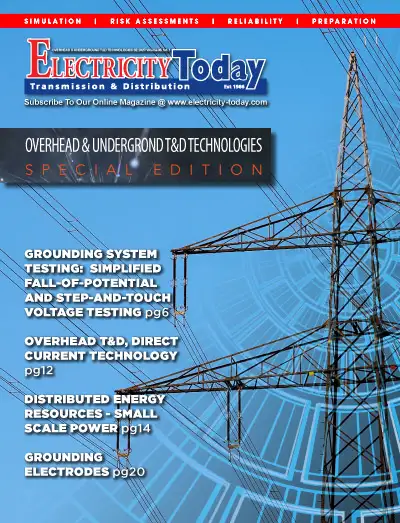Transformer Protection
Overcurrent and Short Circuit Protection
Wireless Monitoring and IoT
Generator Protection
Generator Protection and Renewable Energy Integration
Lightning Protection Systems
Lightning Protection in Safeguarding Power Grids
Cybersecurity for Protective Devices
Cybersecurity for Protective Devices
Motor Protection
Compatibility Issues with Generator-Backed Power Systems
Electrical Protection
Design and Installation Challenges
Lightning strikes pose a significant threat to structures and electrical equipment. A well-designed and installed lightning protection system (LPS) is crucial to safeguard buildings, infrastructure, and personnel from the damaging effects of lightning strikes. However, designing and installing effective LPS presents several challenges that need careful consideration.This article explores these challenges and key considerations for designing and installing LPS for different types of structures and environments.
Understanding Lightning Protection Systems
Before delving into the challenges, it’s essential to understand the components and functions of a typical LPS. An LPS usually includes air terminals (lightning rods), down conductors, grounding systems, and surge protection devices, working together to intercept, conduct, and dissipate the lightning strike safely into the ground.
Design Challenges
The design of an LPS must account for various factors, each critical to the system’s overall effectiveness and reliability.
Structure Type and Geometry
The type and geometry of the structure significantly influence the design of the LPS. Tall buildings, industrial complexes, and structures with irregular shapes require customized solutions to ensure complete protection.
Material and Installation Considerations
Selecting the appropriate materials and installation methods is vital to withstand the extreme conditions of a lightning strike. Materials must be durable and corrosion-resistant,...



















